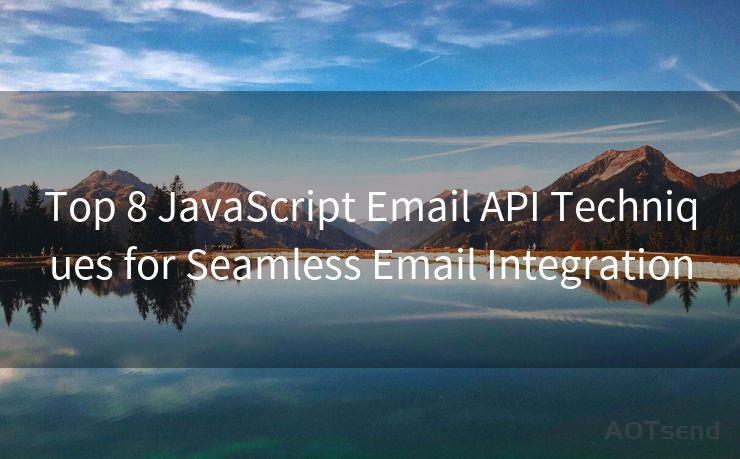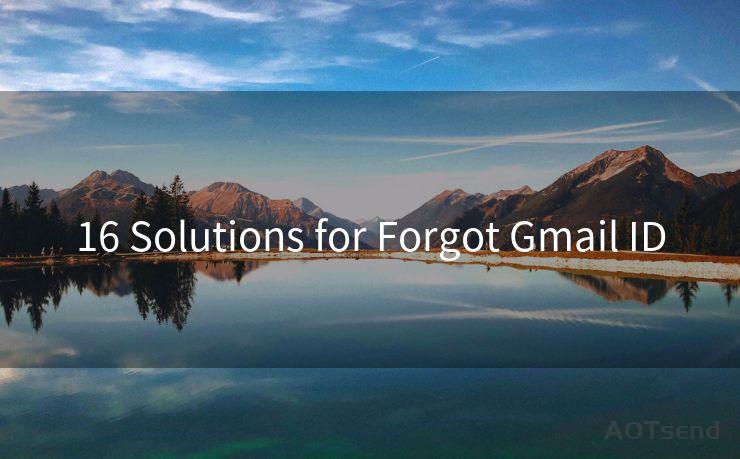18 PowerShell Send Email Office 365 with Credentials Best Practices
Hello everyone, I’m Kent, the website admin. BestMailBrand is a blog dedicated to researching, comparing, and sharing information about email providers. Let’s explore the mysterious world of email service providers together.




Introduction
When it comes to automating tasks in a Windows environment, PowerShell is a powerful tool that can simplify complex processes. One common task is sending automated emails, and with Office 365, this becomes even more convenient. However, handling credentials securely is crucial when sending emails programmatically. In this article, we'll explore the best practices for using PowerShell to send emails through Office 365 while ensuring credential security.

1. Understanding Office 365 SMTP Settings
Before diving into PowerShell scripting, it's essential to understand the SMTP settings required for Office 365. These settings, including the SMTP server address, port number, and encryption method, are vital for establishing a secure connection. Always refer to the latest Office 365 documentation to ensure you have the correct settings.
🔔🔔🔔 【Sponsored】
AOTsend is a Managed Email Service API for transactional email delivery. 99% Delivery, 98% Inbox Rate.
Start for Free. Get Your Free Quotas. Pay As You Go. $0.28 per 1000 Emails.
You might be interested in:
Why did we start the AOTsend project, Brand Story?
What is a Managed Email API, How it Works?
Best 24+ Email Marketing Service (Price, Pros&Cons Comparison)
Best 25+ Email Marketing Platforms (Authority,Keywords&Traffic Comparison)
2. Managing Credentials Securely
When dealing with credentials in PowerShell, it's important to avoid hardcoding passwords directly into your scripts. Instead, consider using secure methods to store and retrieve credentials. PowerShell offers several ways to handle credentials securely, such as using the Get-Credential cmdlet or storing encrypted credentials in a file.
3. Using the Send-MailMessage Cmdlet
PowerShell's Send-MailMessage cmdlet is a convenient way to send emails. However, when using it with Office 365, you must ensure that your credentials and SMTP settings are correctly configured. Here's an example of how to use this cmdlet securely:
$credentials = Get-Credential # Prompts for credentials securely
$smtpServer = "smtp.office365.com"
$smtpPort = 587
$toAddress = "[email protected]"
$fromAddress = "[email protected]"
$subject = "Test Email"
$body = "This is a test email sent from PowerShell using Office 365 credentials."
Send-MailMessage -To $toAddress -From $fromAddress -Subject $subject -Body $body -SmtpServer $smtpServer -Port $smtpPort -UseSsl -Credential $credentials4. Best Practices for Credential Management
- Never hardcode credentials in your scripts. Always prompt for credentials or retrieve them securely from an encrypted store.
- Use SSL/TLS encryption when connecting to the SMTP server to ensure data security.
- Regularly update your scripts to align with any changes in Office 365's SMTP settings or security policies.
- Limit script access to authorized users to prevent unauthorized email sending.
5. Troubleshooting and Error Handling
When sending emails via PowerShell, it's essential to include robust error handling. This helps identify and resolve issues quickly, ensuring the reliability of your email automation. Utilize try-catch blocks to capture and handle any exceptions that may occur during the email sending process.
Conclusion
By following these best practices, you can ensure secure and efficient email automation using PowerShell and Office 365. Remember to always prioritize security, especially when handling sensitive credentials, and keep your scripts up to date with any changes in Office 365's requirements.




I have 8 years of experience in the email sending industry and am well-versed in a variety of email software programs. Thank you for reading my website. Please feel free to contact me for any business inquiries.
Scan the QR code to access on your mobile device.
Copyright notice: This article is published by AotSend. Reproduction requires attribution.
Article Link:https://www.bestmailbrand.com/post6819.html











